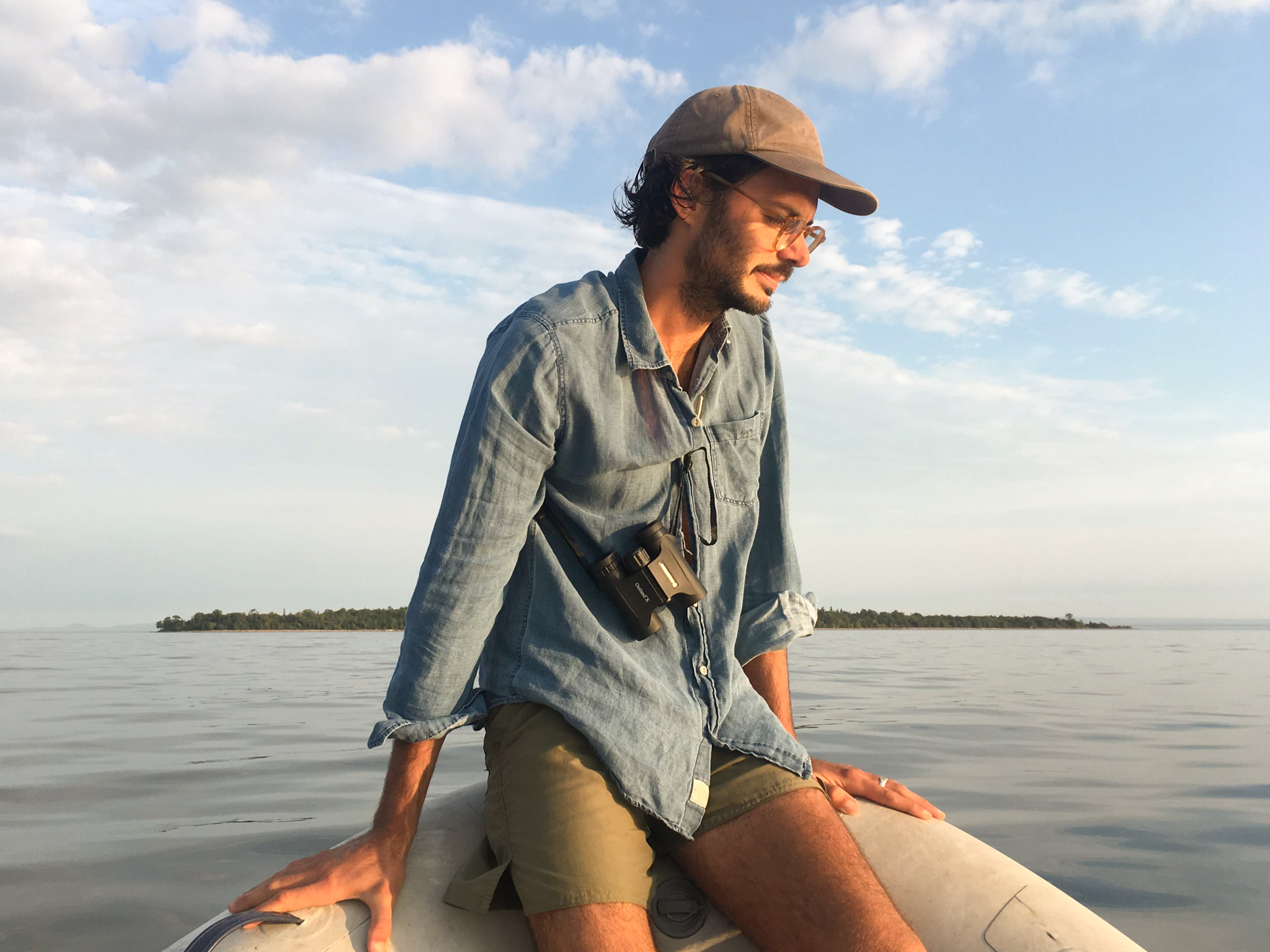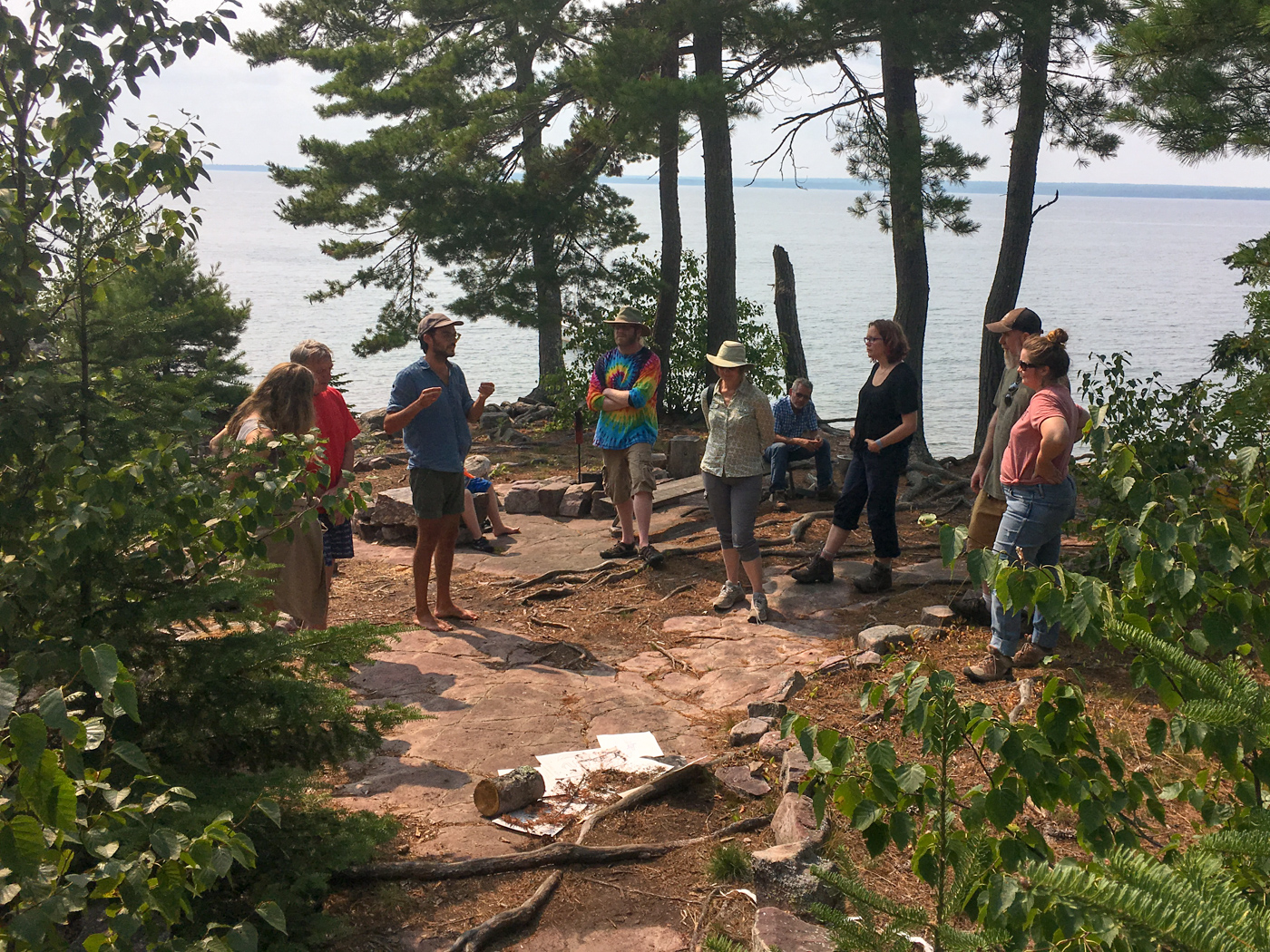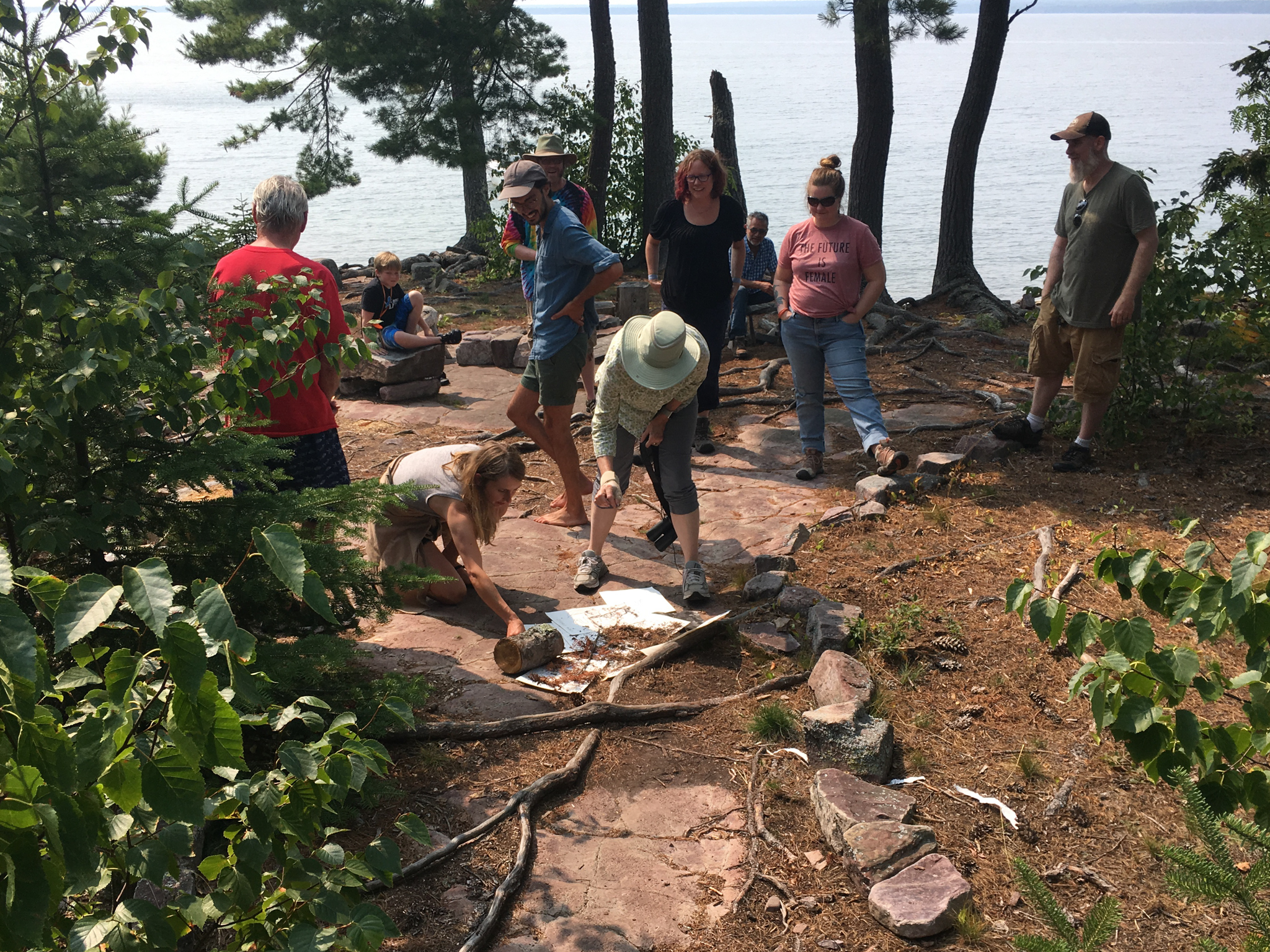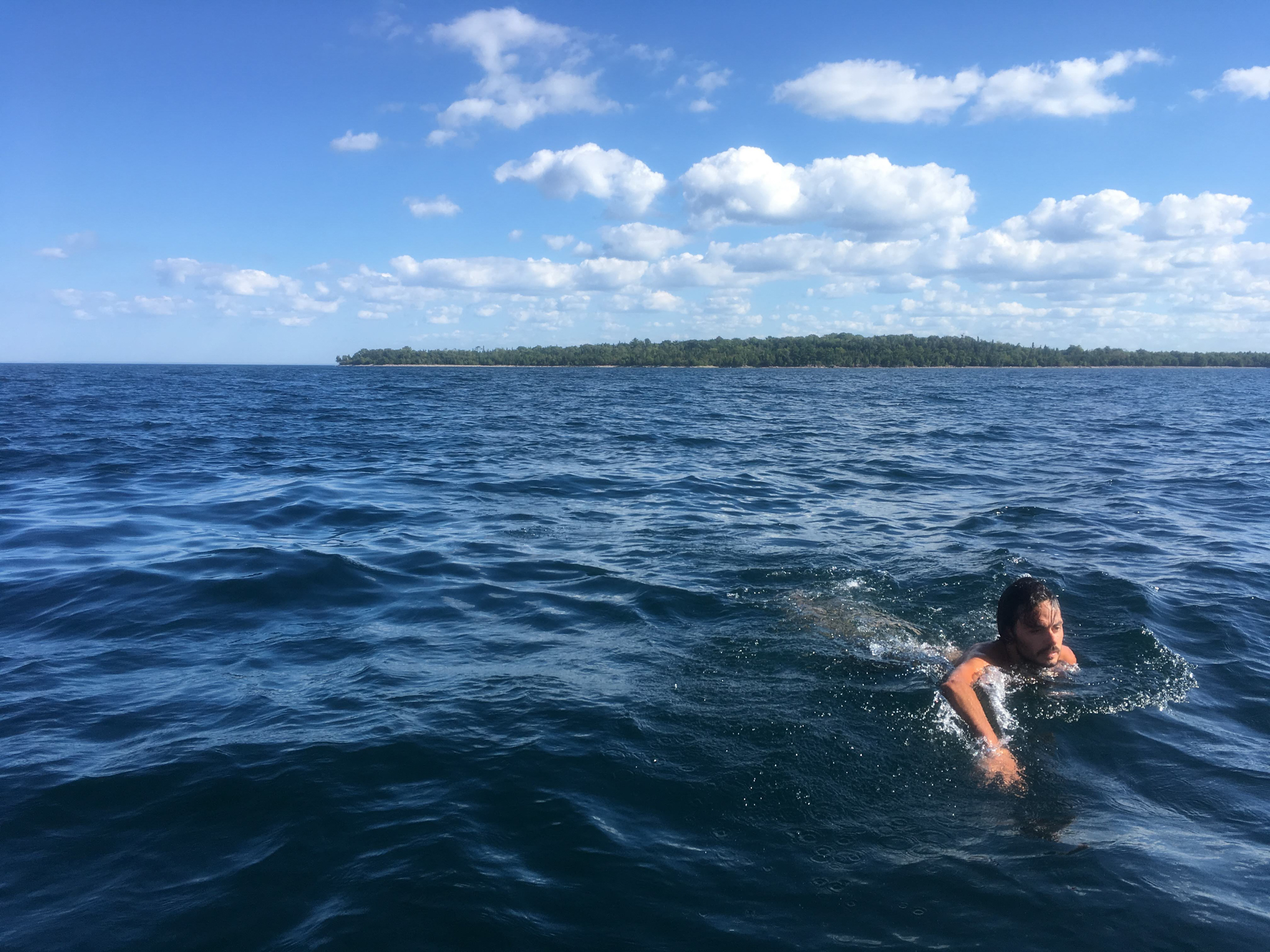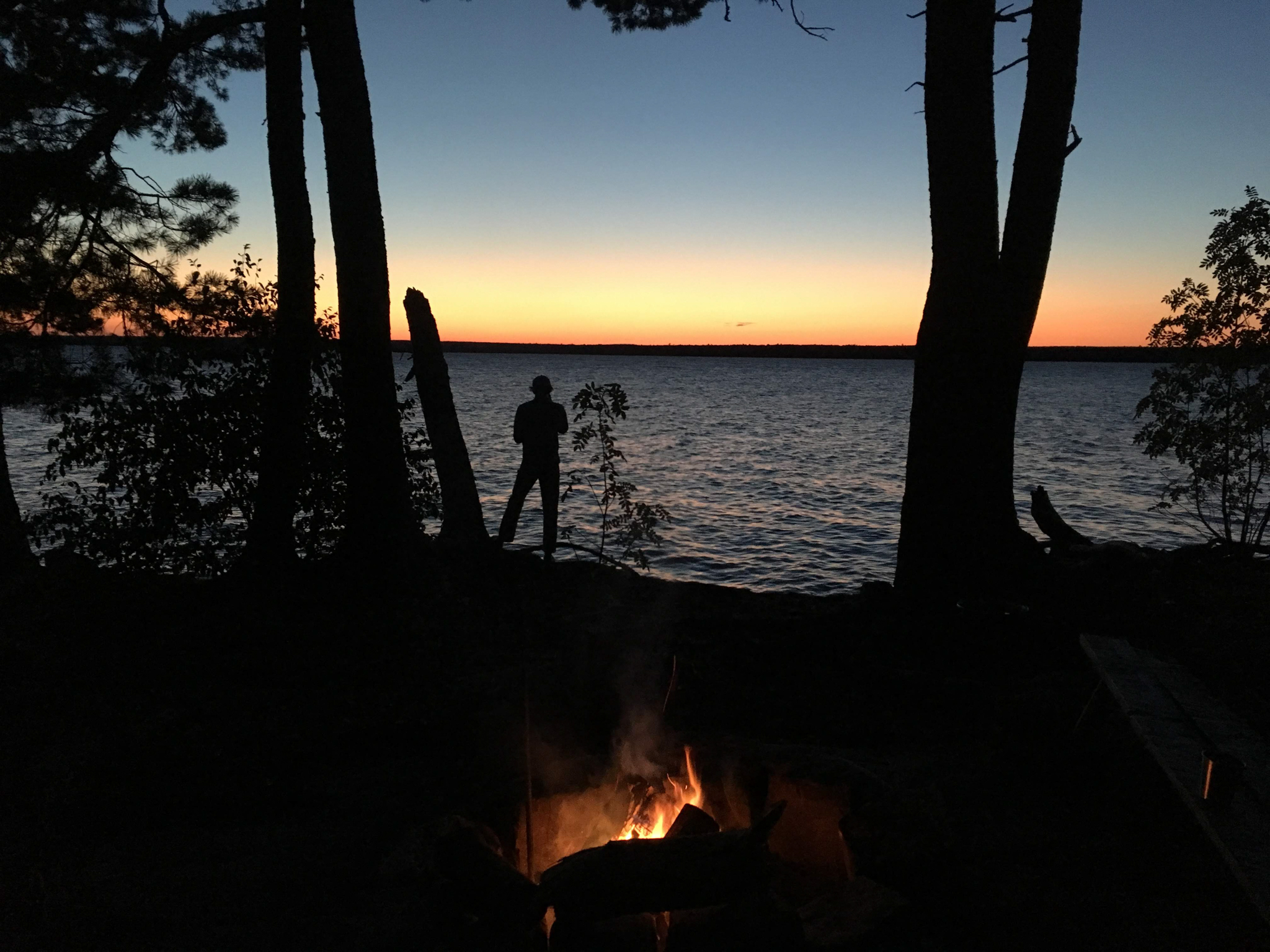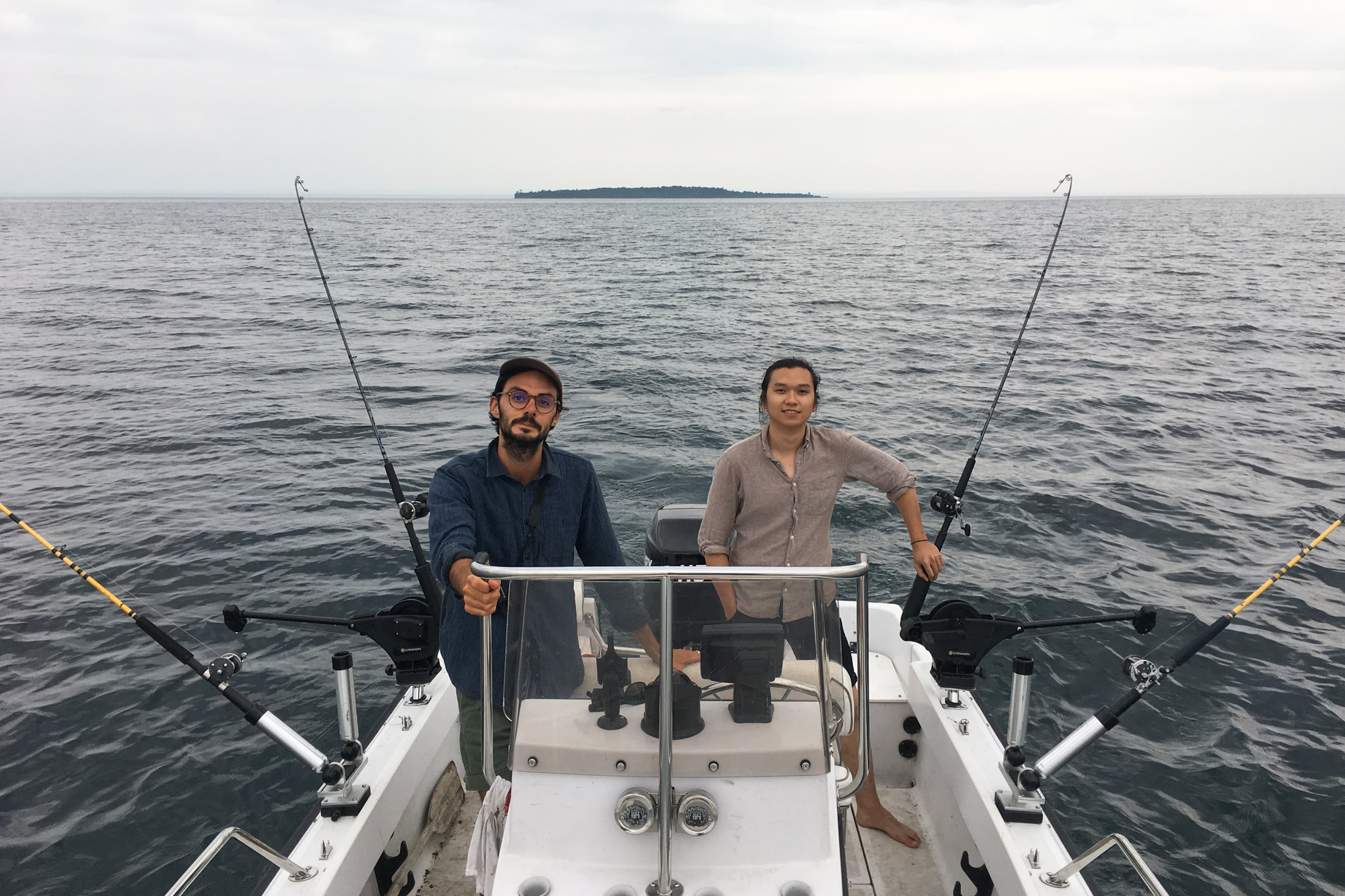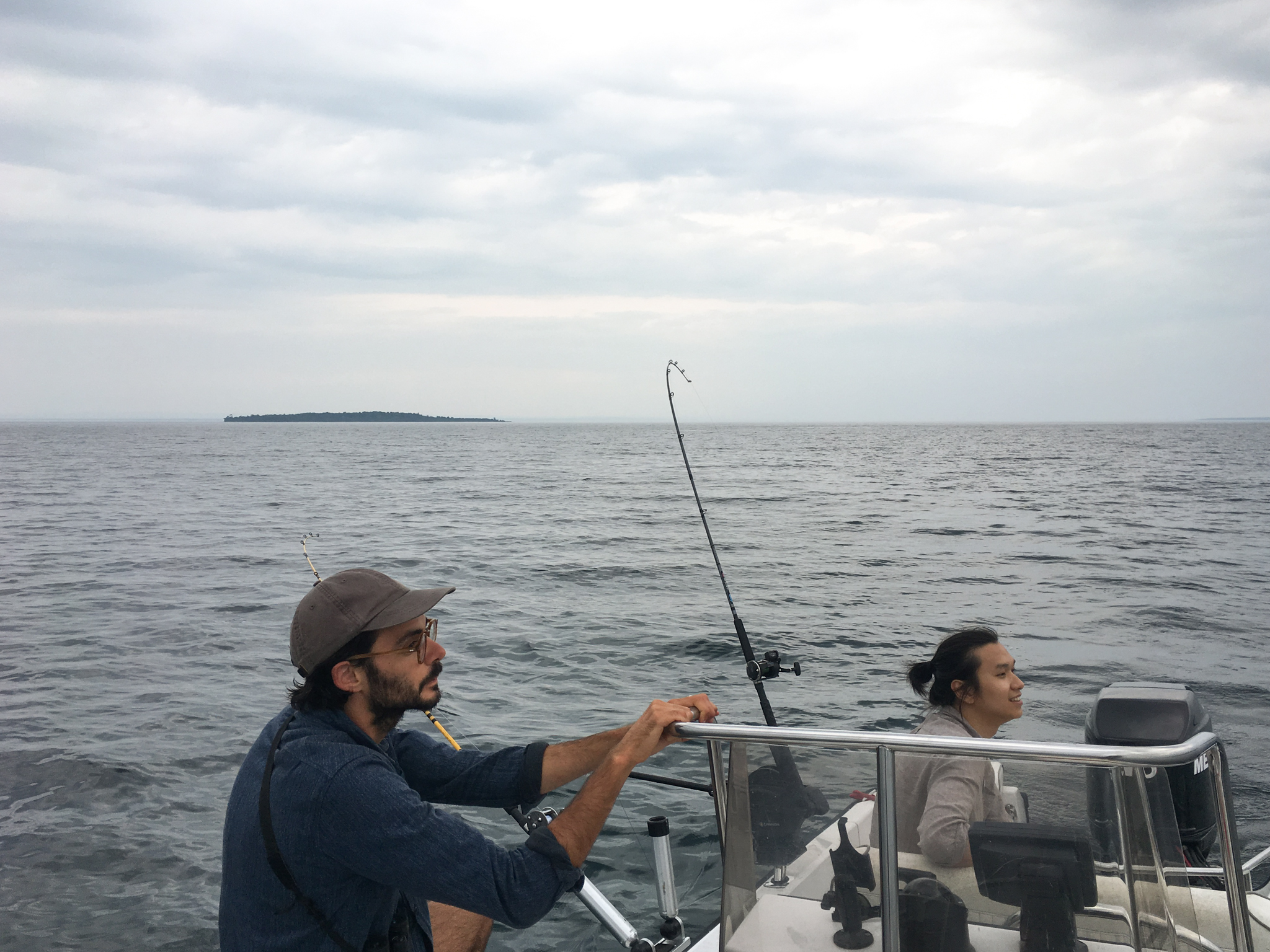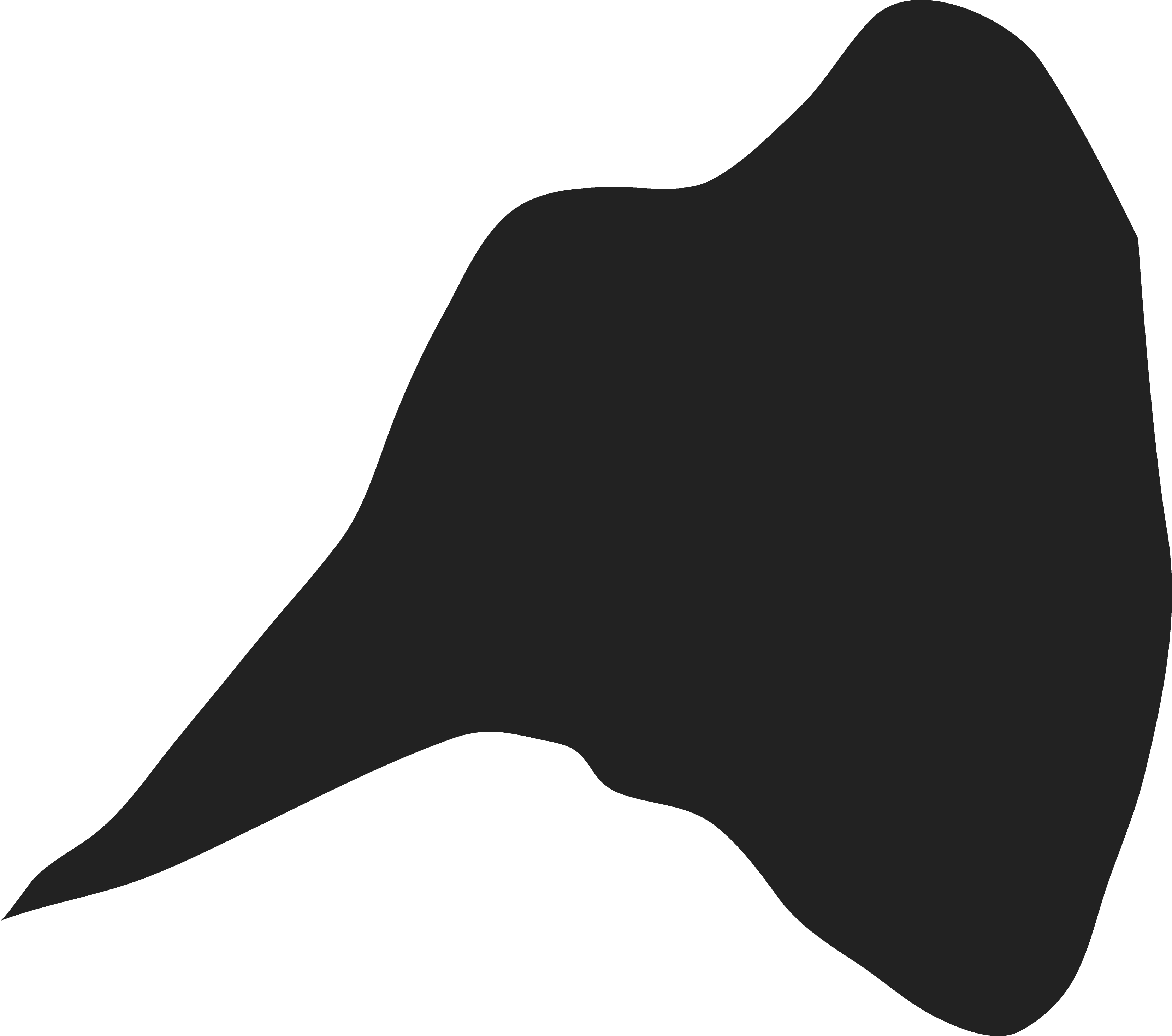My practice, through what’s accumulated practicing openly and perpetually, amounts to an ecological ontology––a way of being in the world that’s pliable / wavy / soft / permeable. With optimism and enthusiasm––through publishing, distribution, graphic design, image making, research, organization, re-articulation, and movement––spaces are cultivated for new relations to the environments that we inhabit and exist as parts of. These spaces, often fertilized and enriched through collaboration and exchanges that ignore the specificities of discipline, celebrate entanglement and vulnerability to momentums outside of any single perspective, human or non-human. Just the way the mind casts a wide net, or how books can point in a multitude of directions at once, the effort dissipates in being unavoidably entangled in the world.
Metaphors quickly proliferate between the practices of geology, writing, mining, and publishing. The parallels in digging up / distributing, inherent between the latter two mediums, is a good place to start in thinking more specifically how the historical courses of mining could influence a more place-oriented practice of publishing. How could John Henry Jacobs’ long collaboration with the ground of the Upper Peninsula serve as a model for research, publishing, and distribution? In the late 19th century, mining towns quickly sprang up in proximity to major projects, supporting social structures where they couldn’t have existed prior, and created a public around private endeavors. Miners were said to have “read” the land and stone, through speculation and subjective research–poking and prodding until they found something beneath the surface that they could excavate. The prized red Jacobsville Sandstone they cut from the eastern shores of the UP was distributed near and wide, mostly featured as a building material, making prominent appearances in early modernist architecture in Chicago and all over Michigan.
I would like to use this history of engagement with the ground of the UP through geology, extraction, and distribution, in initiating a temporary publishing platform that utilizes these histories and terminologies as a metaphorical model for producing (a) publication(s). Through the development of content, design, production, and distribution, using the geologic occurrences largely responsible for the active formation of the UP (such as lineation, syncline, foliation, and rift) as a point of departure for thinking about the guiding design of language and imagery on the printed page–book design as sight specific process of observation and excavation.
Ultimately this endeavor would fit into a larger constellation of research, projects and gatherings I’m conducting titled The Library of Ecstatic Ecology. The aim is to develop spaces to think both about existing and newly produced publications as ecological entities in their own right, and how to test new ecological orientations within these spaces.
How can a book add to the density of place, and when does the landscape begin to read us?
